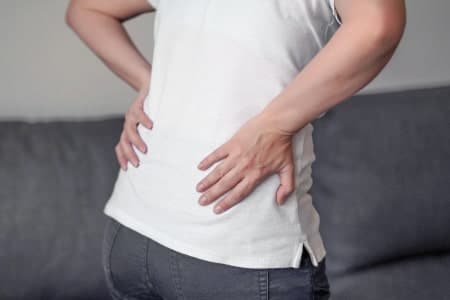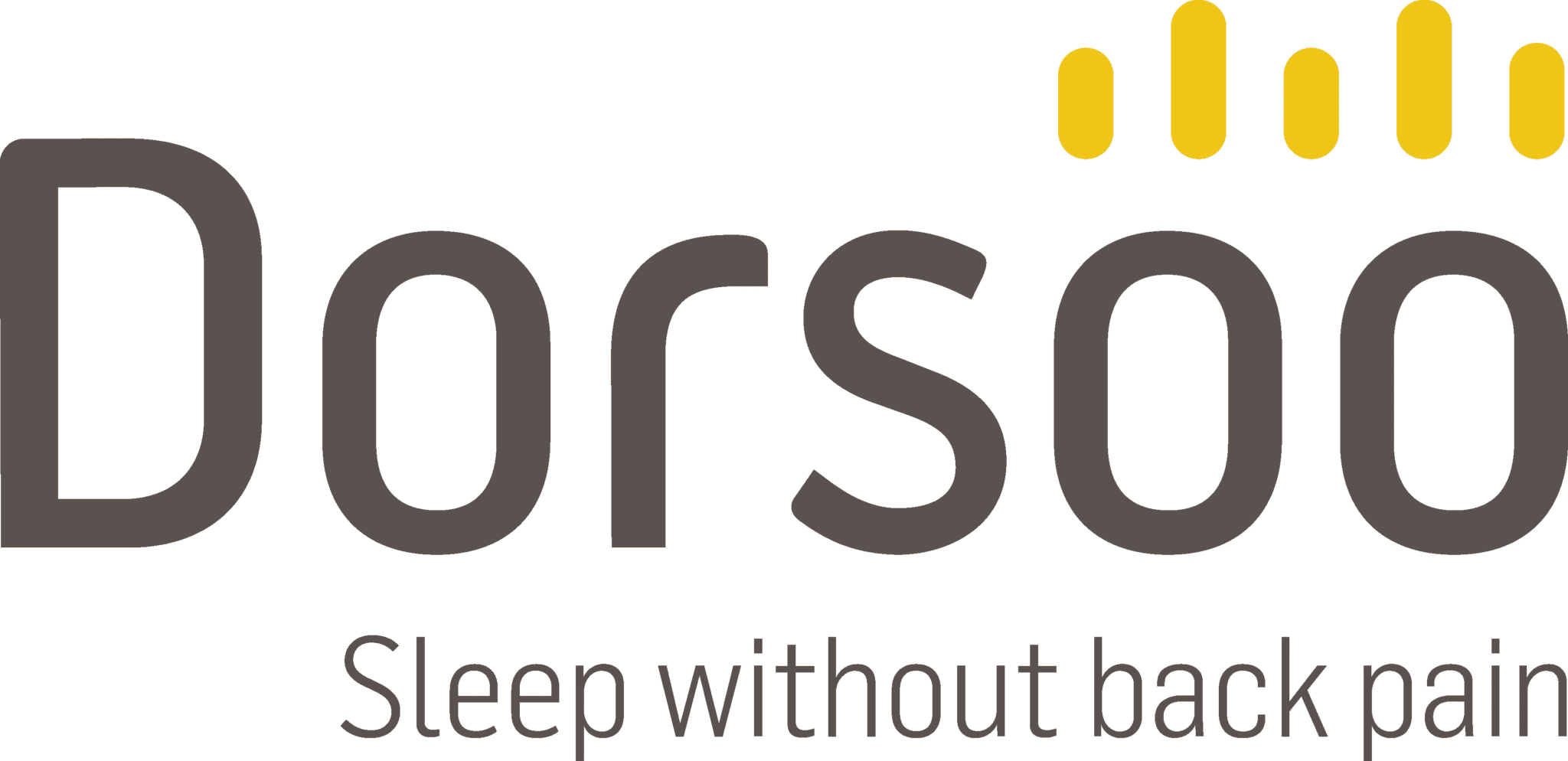Lower back pain: symptoms, causes and treatment
Lower back pain is very common. 80% of all adults suffer from it at some point in their lives. In many cases, it is serious enough to prevent or obstruct carrying out normal work or engaging in hobbies.
Symptoms of pain in the lower back
This back problem covers a mix of various symptoms whereby pain in the lower back is the most prominent. This pain can radiate to the hips, legs and feet.
Lower back pain that lasts no more than 7 days, is called acute lower back pain. In some patients, the pain persists (sometimes for years) and recurs at regular intervals. We speak of chronic lower back pain when the problems persist for 12 weeks or longer.
Causes of lower back pain
Specific lower back pain or pain in the lower back refers to a back problem of which the cause is known. In many cases this lower back pain is caused by excessive physical stress, such as the incorrect lifting of a heavy load, a repetitive incorrect movement or sitting for a long time with a bad posture.
In many cases, pain in the lower back is caused by physical overloading.
The pain can also come from muscles, joints and ligaments. There is also lower back pain for which the cause is not known. When it is not clear where the pain is coming from exactly, we speak of a-specific lower back pain.
The treatment of lower back pain
The large majority of patients with lower back pain will recover. In many cases, the problems disappear on their own after a few days. When this does not happen, most patients benefit from doing muscle-strengthening exercises and painkillers and are free from their complaints within six weeks. Half of all lower back pain patients is pain-free after one week. Ask advice from your doctor about painkillers.
Exercises for lower backache
Research has shown that a lack of physical activity and a prolonged spell of bed rest can do more harm than good in most cases. The less a patient moves, the weaker their muscular system becomes.
Depending on the diagnosis and the nature of your complaint, it is important to do the right exercises, at the right intensity and from the right starting position. Exercises done incorrectly can do more harm than good. It goes without saying that the exercises are best done under the supervision of your therapist. In a less acute stage of the lower back pain, your therapist will also give you exercises that you can do at home independently.
The less a patient moves, the weaker their muscular system becomes.
With lower back pain it is important to build up a strong ‘corset muscle’, whereby both the abdominal and back muscles are strengthened. Sufficiently strong back and abdominal muscles will better support the spine so the intervertebral discs will be put under less pressure as well. Circulation will increase locally and the pain will diminish. It is also important to exercise the large as well as the small muscle groups.
The straight and diagonal abdominal muscles need to be exercised on the abdominal side, and on the back side it is important to exercise the extensor muscles and certainly also the small muscles between the discs.
There are various methods for training muscles:
- Static exercises
- Dynamic exercises
- General posture-correcting exercises
With dynamic exercises there is movement as the muscles are being contracted; in static exercises there is no movement as the muscles are being contracted (e.g. tensing the abdomen without moving)
In dynamic exercises, there is movement during contraction of the muscles.
Posture-correcting exercises are exercises whereby the patient consciously re-learns to have the correct posture in his or her daily activities. Correct lifting techniques are essential here.
There are special programmes in back schools and at therapists that treat all aspects of lower back pain problems. Exercises are done in a group, which is a psychological advantage. Attention is given to ergonomics in daily life.
In general, we can say that for someone with a sensitive back, appropriate back care can prevent much suffering. With daily maintenance (similar to brushing your teeth every day), you can get maximum benefit with a minimum of time (3 to 5 minutes per day may suffice). Always get guidance from a therapist.
A good sleep system
A good sleep system, like Dorsoo’s, with an ergonomic slatted base and mattress, ensures in the first instance a good, correct support of the lower back and much more relaxation. With the correct sleeping position, the sleeping system provides significant relief and you can sleep with less back pain.
Lower back pain and pregnancy
Lower back pain also often occurs during pregnancy. Around half of all pregnant women suffer from it. Why is this?
Increase in weight
The most important cause of lower back pain in pregnant women is the increase in weight. Carrying extra weight around puts added strain on the back. But there can also be other reasons for lower back pain during pregnancy.
Greater mobility of pelvic joints
As the pregnancy of the woman progresses, her pelvic joints become more mobile and the risk of lower back pain and pain in the pelvic area increases.
Incorrect posture
Many pregnant women develop an incorrect posture. Because of the enlarged belly, many women often have the tendency, often without realising it, to lean forward. This puts added strain on the back.
Fatigue
Many pregnant women only get lower back pain at the end of the day. This is usually the result of too much exertion, so the back needs rest. In this case it is important to stop the physical tasks for a while.


